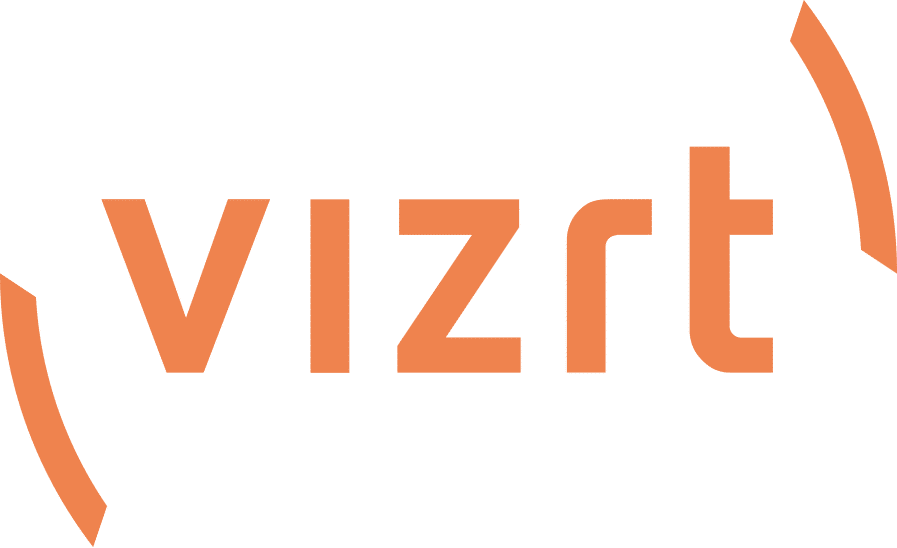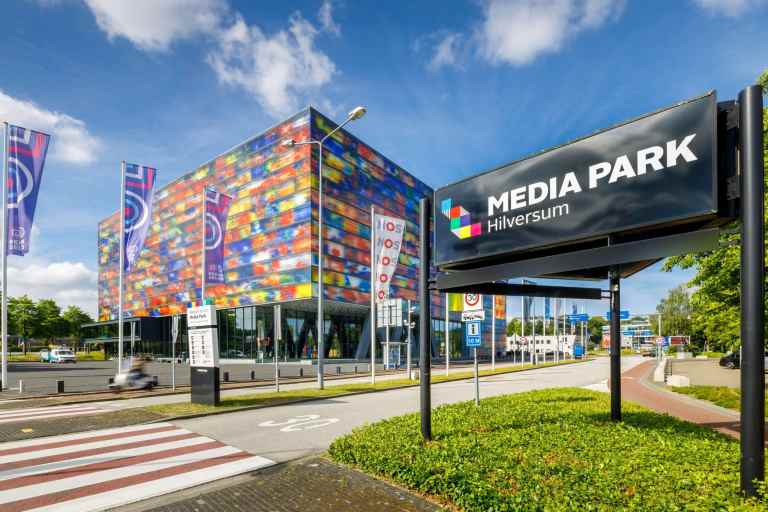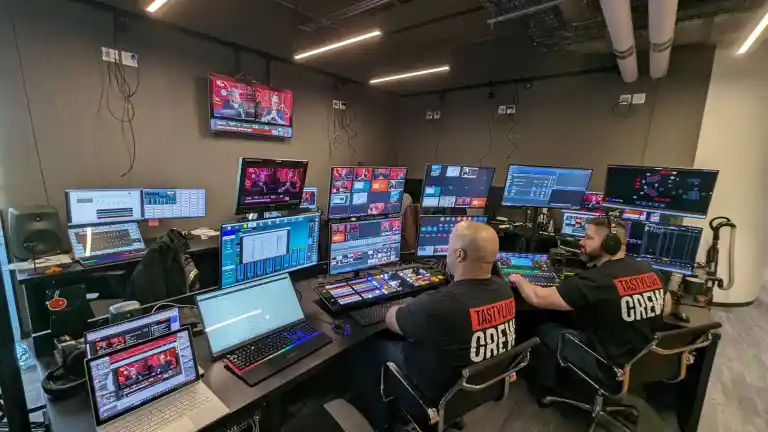“In my 20 years in broadcast TV, I never thought I’d see a setup like this,” says Jim Robinson, Senior Producer, Digital Video, The Weather Company, an IBM Business. The Lift is The Weather Company’s first morning show produced just for mobile. “My friends in the business can’t believe the functionality from this little box, all with only one operator—instead of three or four—controlling different devices. That’s crazy.“
Launched on October 15, 2015, The Lift capitalizes on the fact that 65% of U.S. smartphone users check their mobile devices within 15 minutes of waking up. Besides wondering if the world is still turning, the number one thing they want to know is, what’s the weather going to be like today?
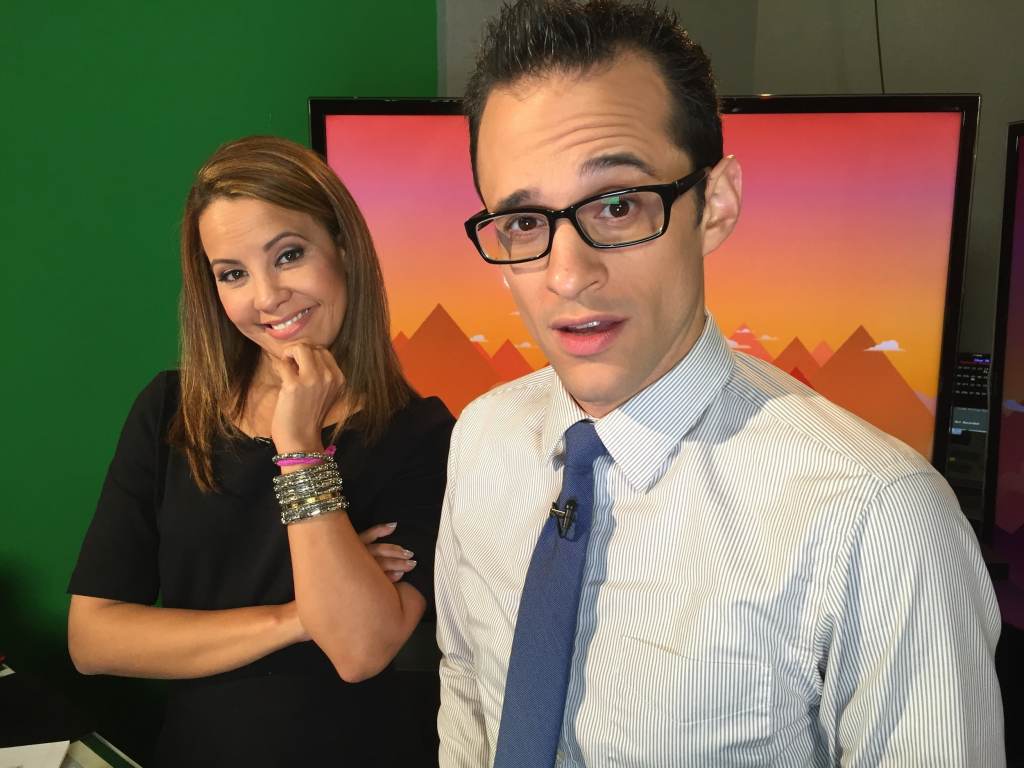
In light of this trend, it made perfect sense for Weather to produce a show just for the mobile audience. The Lift is designed to give on-the-go users of The Weather Channel app—the most downloaded mobile weather app—a fast-paced rundown of the day’s top weather stories, accessible from the home page.
With its dynamic format, the show’s host Al Roker and meteorologists Domenica Davis and Ari Sarsalari present six to eight snackable video clips focused on breaking weather news, amazing nature stories, cool science and fun viral videos, all in about six to eight minutes.
While brushing their teeth, waiting for a subway or grabbing their morning coffee, viewers not only get the forecast, they can watch bite-sized videos of weather events—often while they’re happening—such as a hurricane hitting the Gulf, an avalanche hitting a ski slope, record flooding in the Midwest, or a storm moving across the Rockies that’s about to dump two feet of snow on the Dakotas.
“This is not a typical network morning show,” adds Robinson. “We want to be shareable and clickable. We use compelling video and graphics to not only report the weather but to explain why a particular tornado or hurricane is unique and delve into the science behind that weather phenomenon.”
“We want to make sure you’re getting everything you could possibly need to know to sound brilliant when you walk into the office and people ask you what’s new,” he said.
The show’s hosts present and can interact with content pouring in from everywhere. The show’s video production studio, Studio 2A at Weather’s Atlanta headquarters, continually switches gears between its studio, user generated content and field reports coming from every major weather news front, including updates from The Lift’s New York and London bureaus.
“Our hosts strive to interact with field reporters, video clips and user-generated content, like Periscope streams by people in key weather news hotspots,” said Robinson. “We consider people on social media to be our eyes and ears, providing rich media content from their phones that make our audience feel like they’re part of the experience.” Now with the addition of Facebook Live, the video team can incorporate video and images in real-time as the meteorologists, host, and viewers tune in.
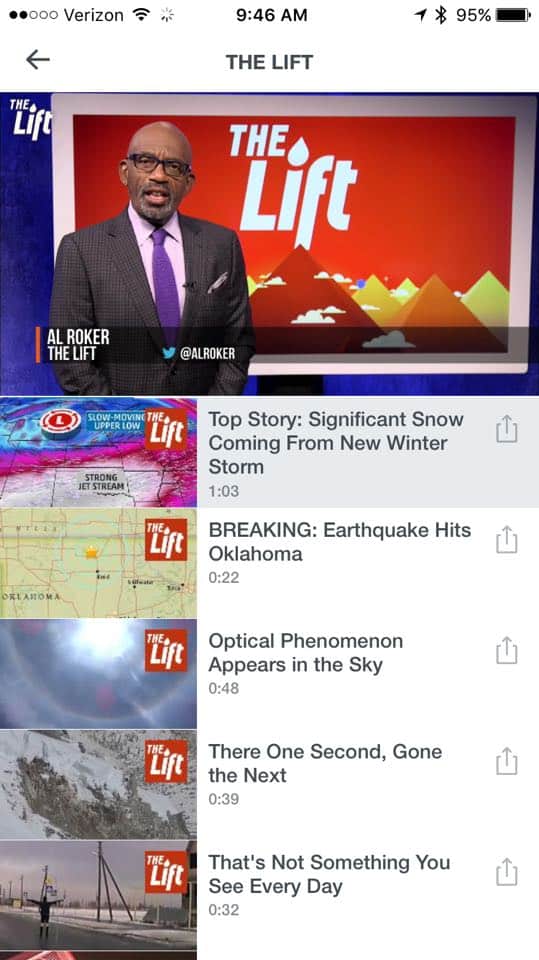

While The Lift leverages The Weather Company’s vast weather resources, including its business solutions group’s weather graphics technology, as well as The Weather Channel Television Network’s 24/7-cable network, this innovative mobile show has adopted a very agile, cost-effective IP-driven production platform based on the NewTek TriCaster.
Instead of the expensive, heavy iron components that are used in The Weather Company’s cable TV production control rooms (located downstairs in the same building), The Lift is using a TriCaster 8000 Advanced Edition integrated production system, which enables IP networking between NewTek devices.
Robinson explained that since the TriCaster has a wide array of functions integrated within its compact chassis—like multi-camera switching, LiveText graphics, keys, and text—this made a traditional video control room unnecessary.
The TriCaster was so useful that they sent a TriCaster Mini HD-4i to its New York City studio (Studio 621) where Al Roker is based and deploy a NewTek TalkShow to send and receive video at both its New York and Atlanta bureaus.
With TalkShow, the Digital Video Team in Atlanta can bring in meteorologists and field reporters into the productions with a live 2-way Skype video call, that are input directly into the TriCaster. Since they have IFB’s in their ears, The Lift can obtain mix-minus audio through the TriCaster.
“It’s as if we’ve created a whole new workflow that produces look-live shows filled with interesting, compelling pieces very quickly,” Robinson said. “Each segment is literally live-to-file with very little editing.”
Producer Joanna Brooks Switching on TriCaster
To do this, they’re maximizing all of the TriCaster’s mix/effects (M/E) busses and all of its digital video effects to quickly integrate Skype calls, user-generated content from Periscope and Meerkat, and other source content. Video features are displayed on the vertical on-set monitor that the on-camera hosts use to interact with the people and content.
“There’s no way we could pull off what we’re doing without TriCaster,” Robinson said. “It’s enabling a very fast, sophisticated, interactive workflow that I could never have imagined possible. I’m almost giddy when I discover cool new things it can do. And I’m literally blown away by the ability to switch the video remotely, just using an iPad.”
With a 20-year career as a TV news reporter in a variety of U.S. TV markets, as well as a stint for a 24-hour news channel, in Bogota, Colombia, Robinson fully appreciates what the TriCaster can do because he remembers what it was like to integrate third party systems on the fly to make live shots happen.
“Back then, I could never have imagined how easily we’re now able to do live shots using TriCaster,” Robinson. “Al Roker and his producer Chimene Williams, turn on his camera in New York to do his report, and his video is instantly available as a source in one of my TriCaster’s on-screen windows here in Atlanta. No microwave, no satellite, it’s all streaming over our corporate Intranet in real-time.”
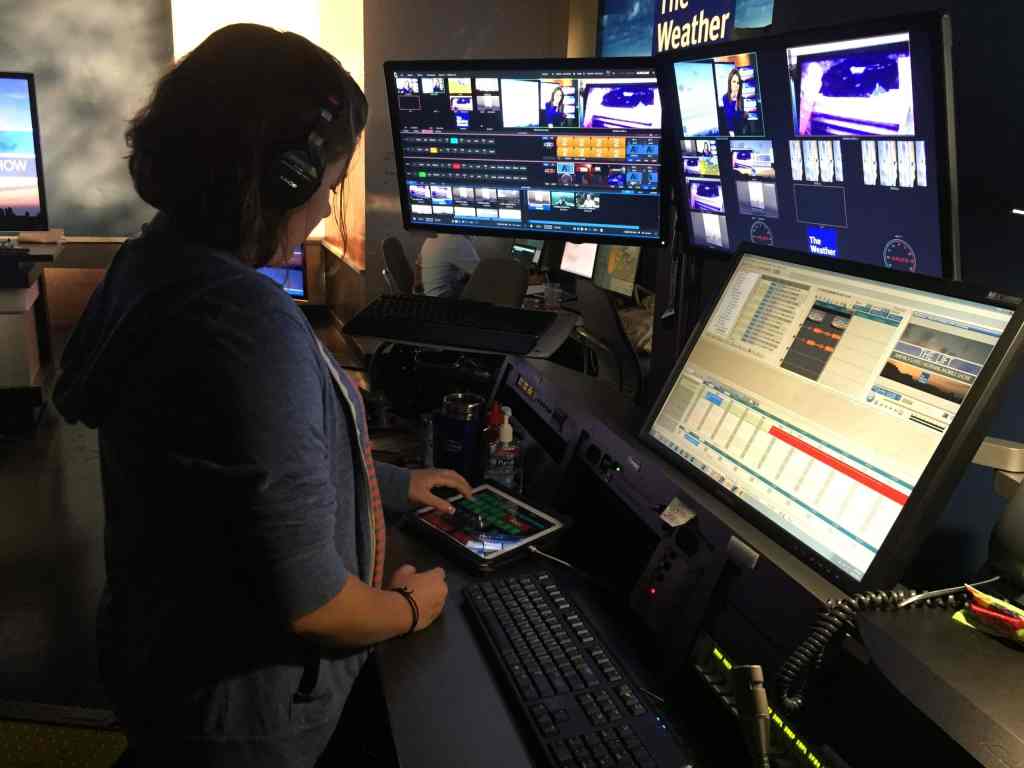
That video can then be switched along with all the other video, audio and graphical source elements—including the Canon C100 Mark II cameras and SDI and IP video feeds—coming into the TriCaster. The program can be simultaneously streamed to The Weather Channel website, delivered live to mobile, and recorded.
“Since we didn’t have to spend millions of dollars on our video infrastructure to start this new mobile venture,” Robinson said, “We’re able to devote more resources to making our show’s look and content even more creative.”
